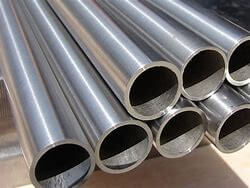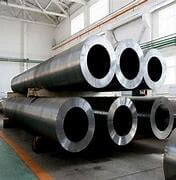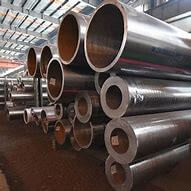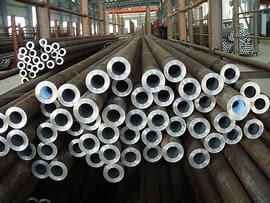There are several common types of reducers used in piping systems, including:
-
Concentric reducers – Concentric reducers have a straight centerline and provide a symmetrical reduction in pipe size. They are commonly used in vertical piping systems and applications where pressure drop is a concern.
-
Eccentric reducers – Eccentric reducers have an offset centerline and provide a curved reduction in pipe size. They are commonly used in horizontal piping systems and applications where there is a need to separate liquids or gases.
-
Threaded reducers – Threaded reducers have threaded ends and are used to connect threaded pipes of different sizes.
-
Welded reducers – Welded reducers are welded onto the pipes to create a permanent connection between pipes of different sizes.
-
Flanged reducers – Flanged reducers have flanged ends and are used to connect pipes, valves, and other equipment together.
When choosing the right type of reducer for a piping system, the following factors should be considered:
-
Pipe sizes – The size of the pipes being connected will determine the size of the reducer needed. It is important to select a reducer that fits the pipe sizes and maintains the required flow rate and pressure.
-
Material – The material of the reducer should be compatible with the materials of the pipes being connected to ensure that there is no risk of corrosion or chemical reactions.
-
Pressure rating – The pressure rating of the reducer should be suitable for the maximum pressure expected in the piping system to ensure that the reducer can withstand the pressure without failing.
-
Temperature range – The temperature range of the reducer should be suitable for the maximum and minimum temperatures expected in the piping system to ensure that the reducer can withstand the temperature changes without failing.
-
Flow direction – The flow direction of the piping system should be considered when selecting the reducer type. Concentric reducers provide a straight flow path, while eccentric reducers provide a curved flow path, and the choice will depend on the specific application.
-
Cost – The cost of the reducer should be considered, as some types of reducers may be more expensive than others. It is important to select a reducer that is cost-effective while still meeting the required performance requirements.
Overall, the choice of reducer type will depend on the specific application and the required properties, such as pressure drop, flow direction, and cost. It is important to select the right reducer type to ensure that the piping system is safe, efficient, and cost-effective.




